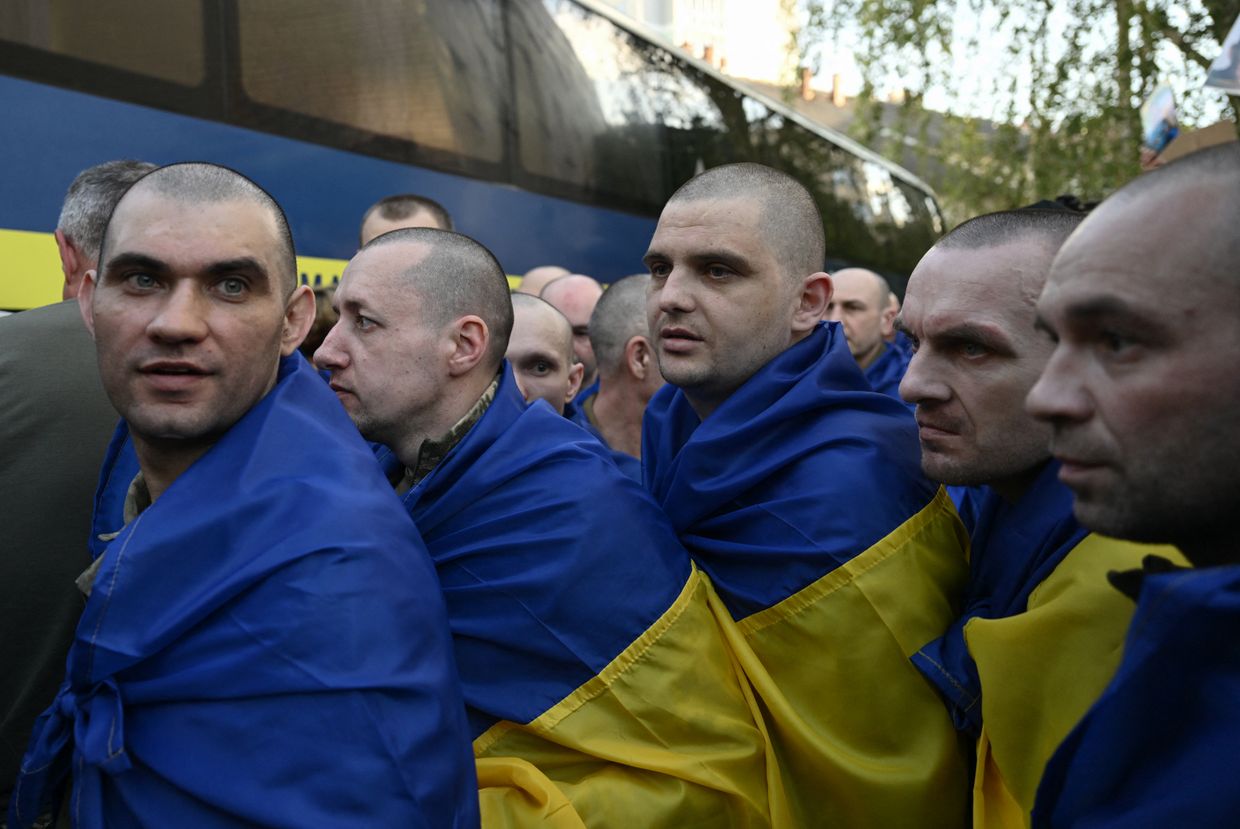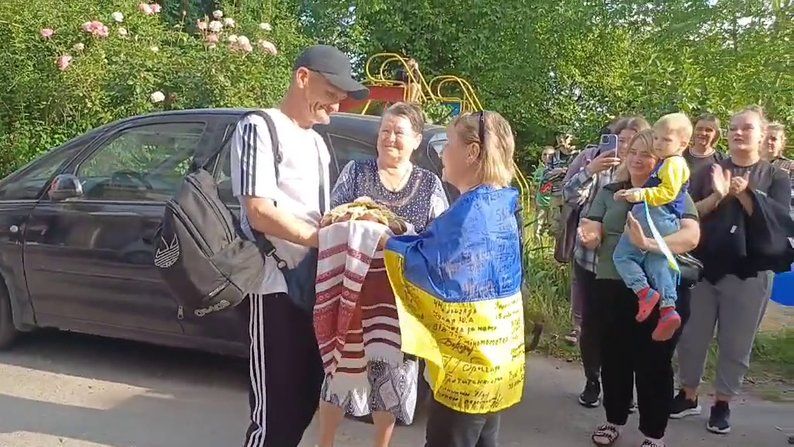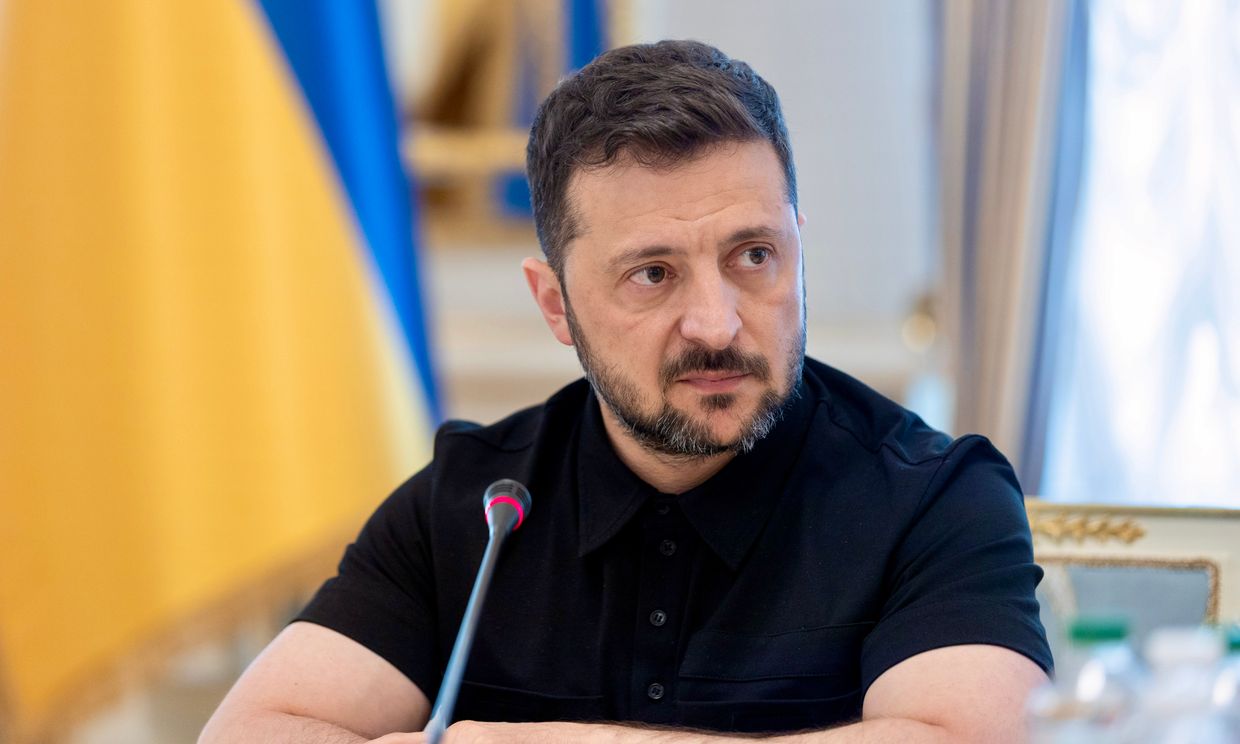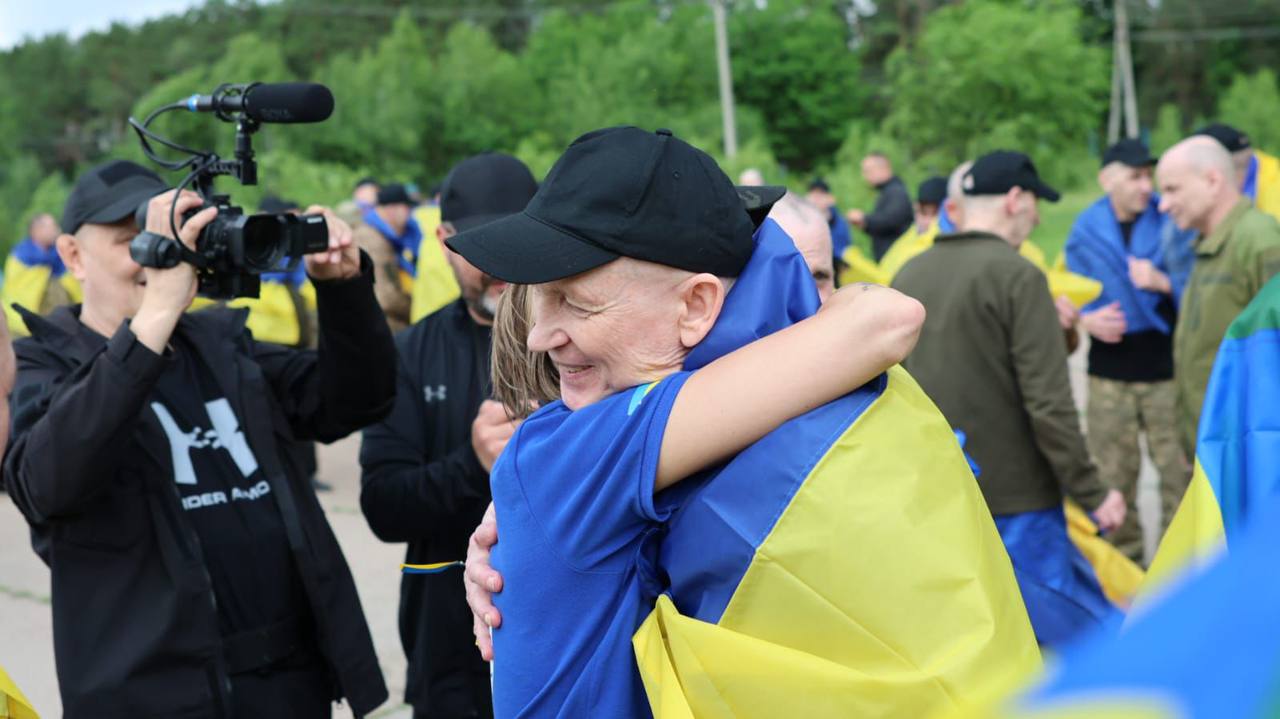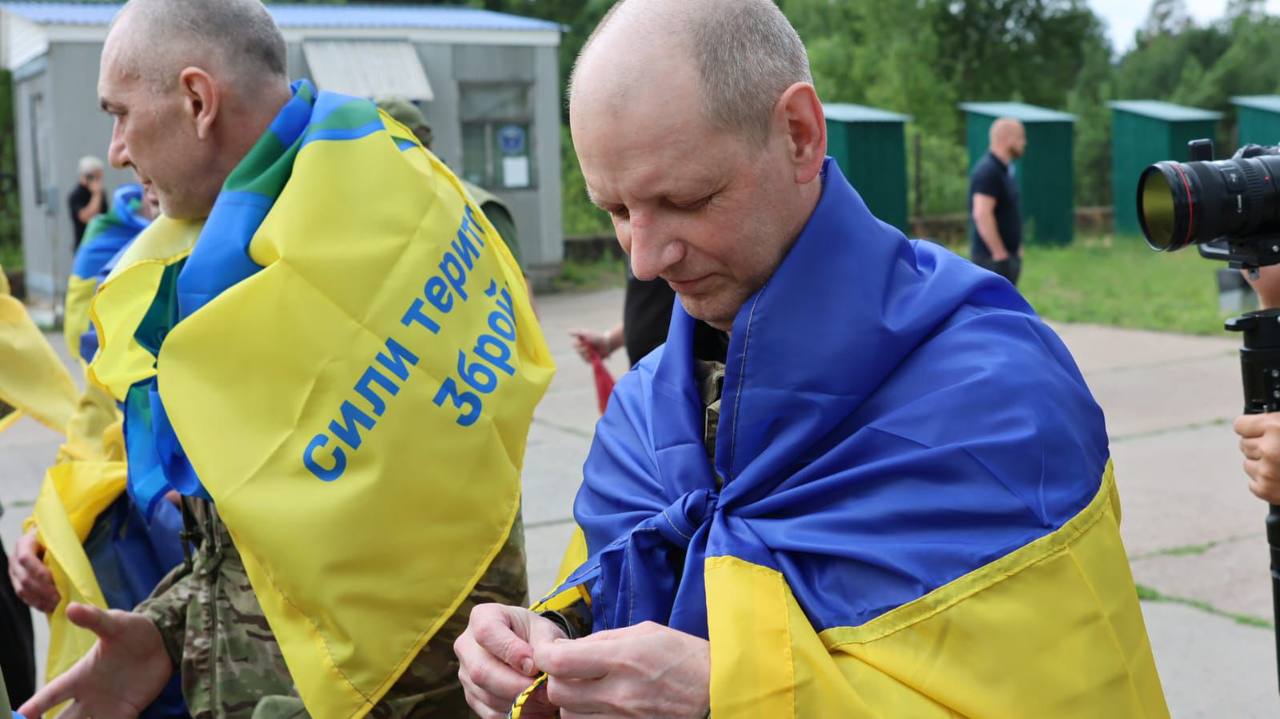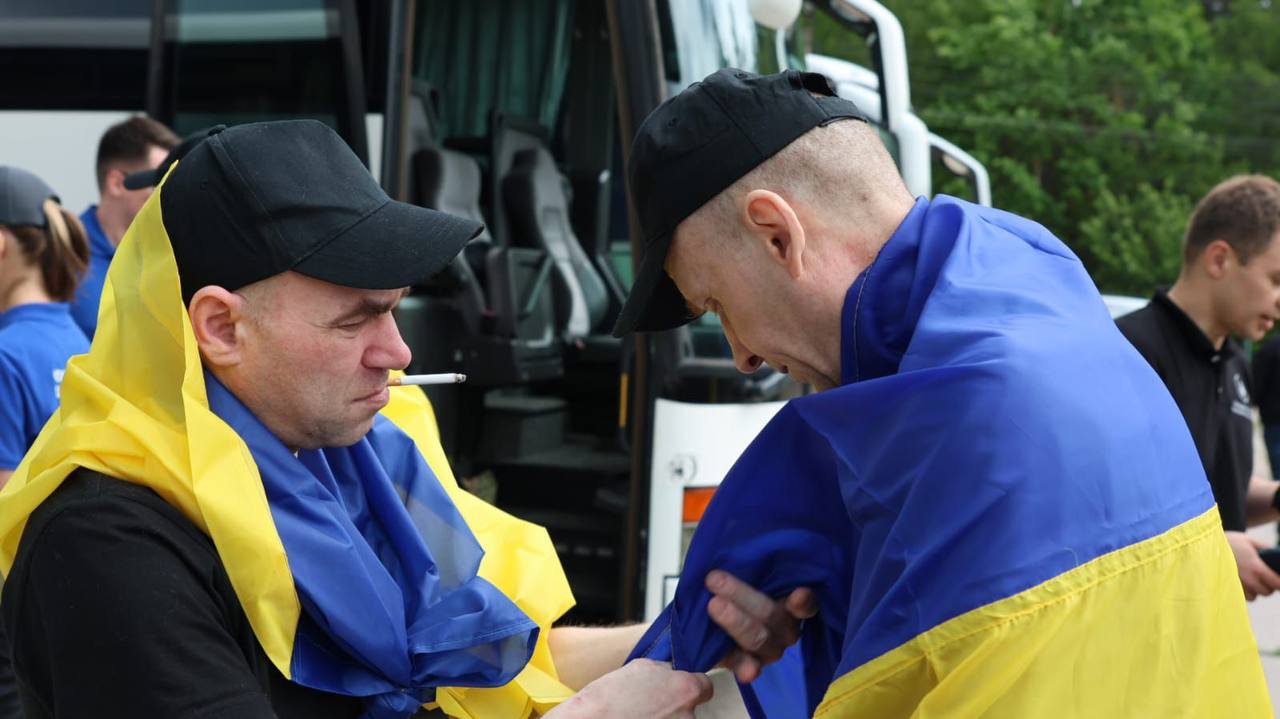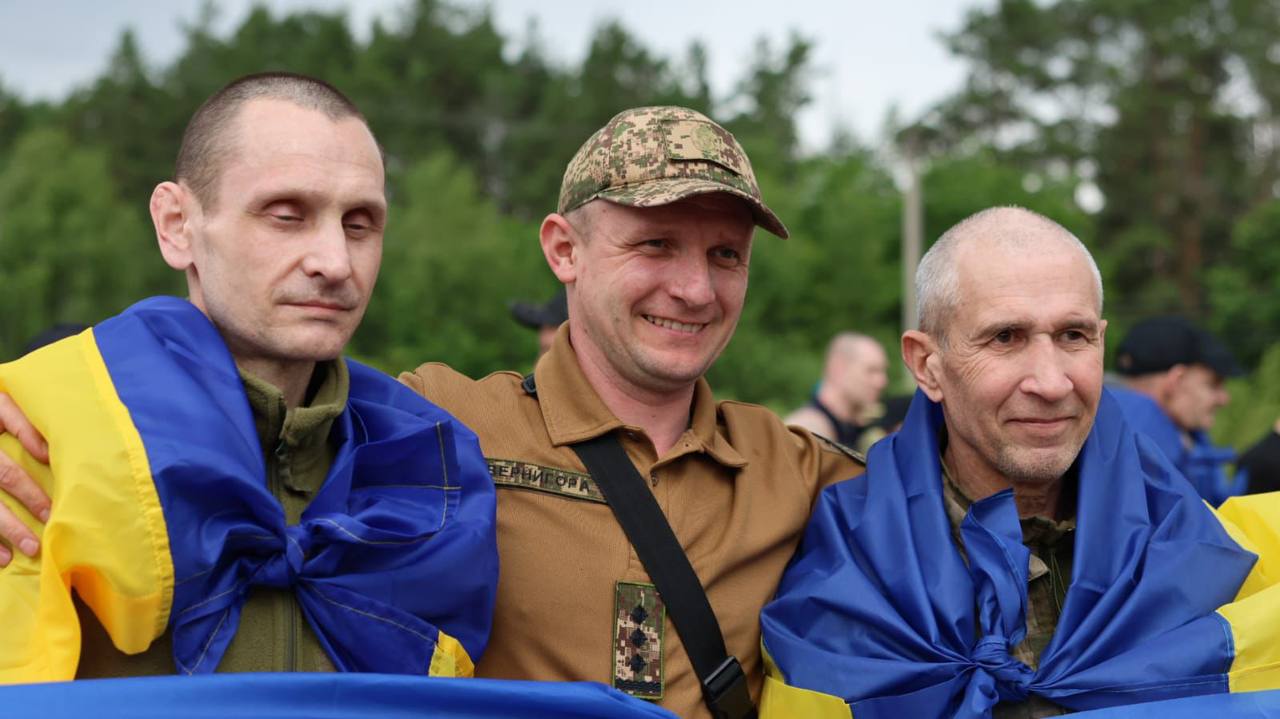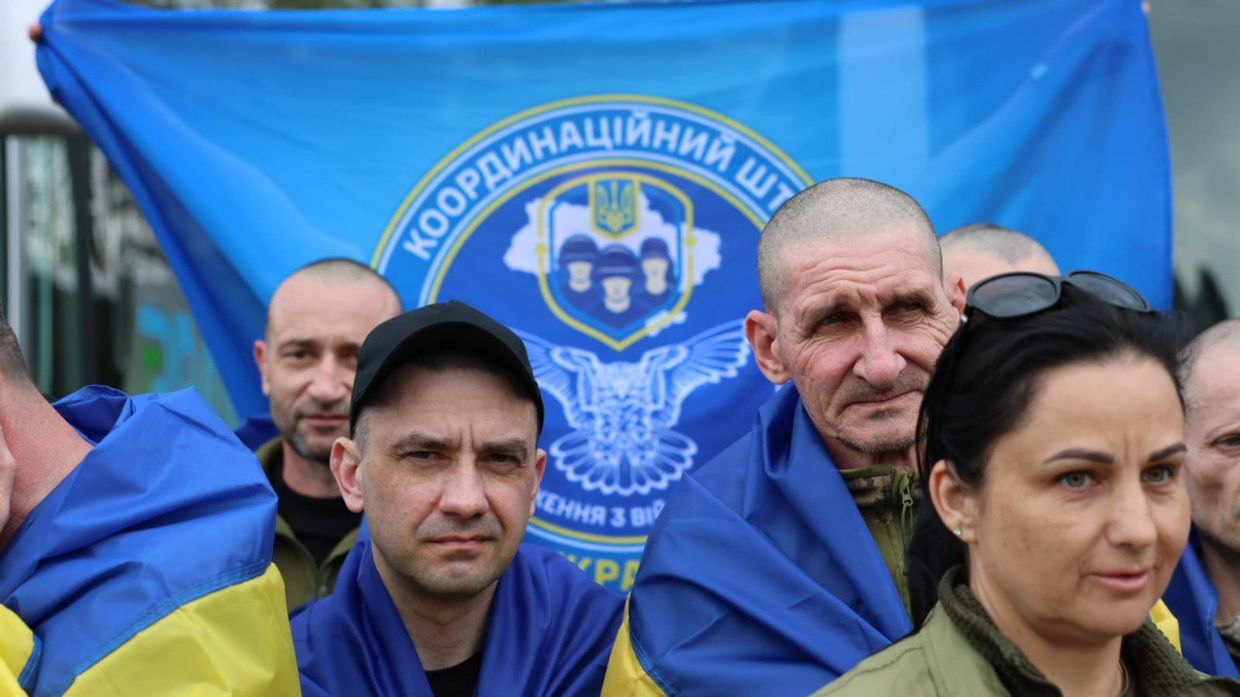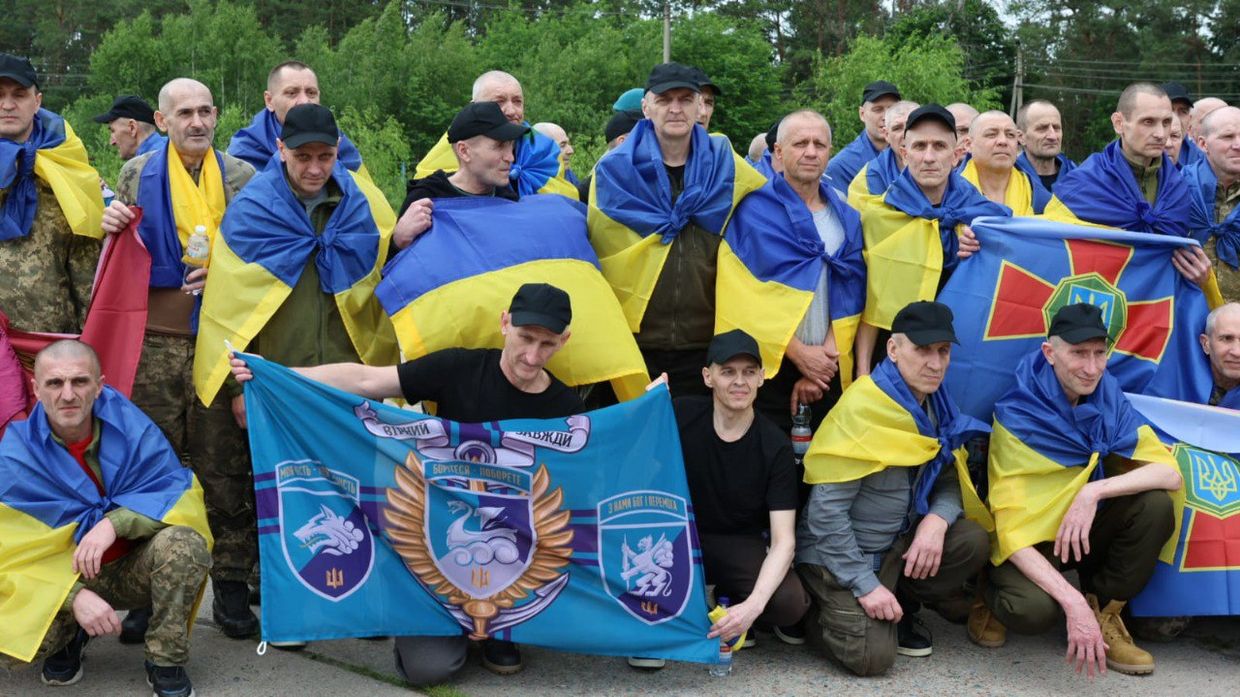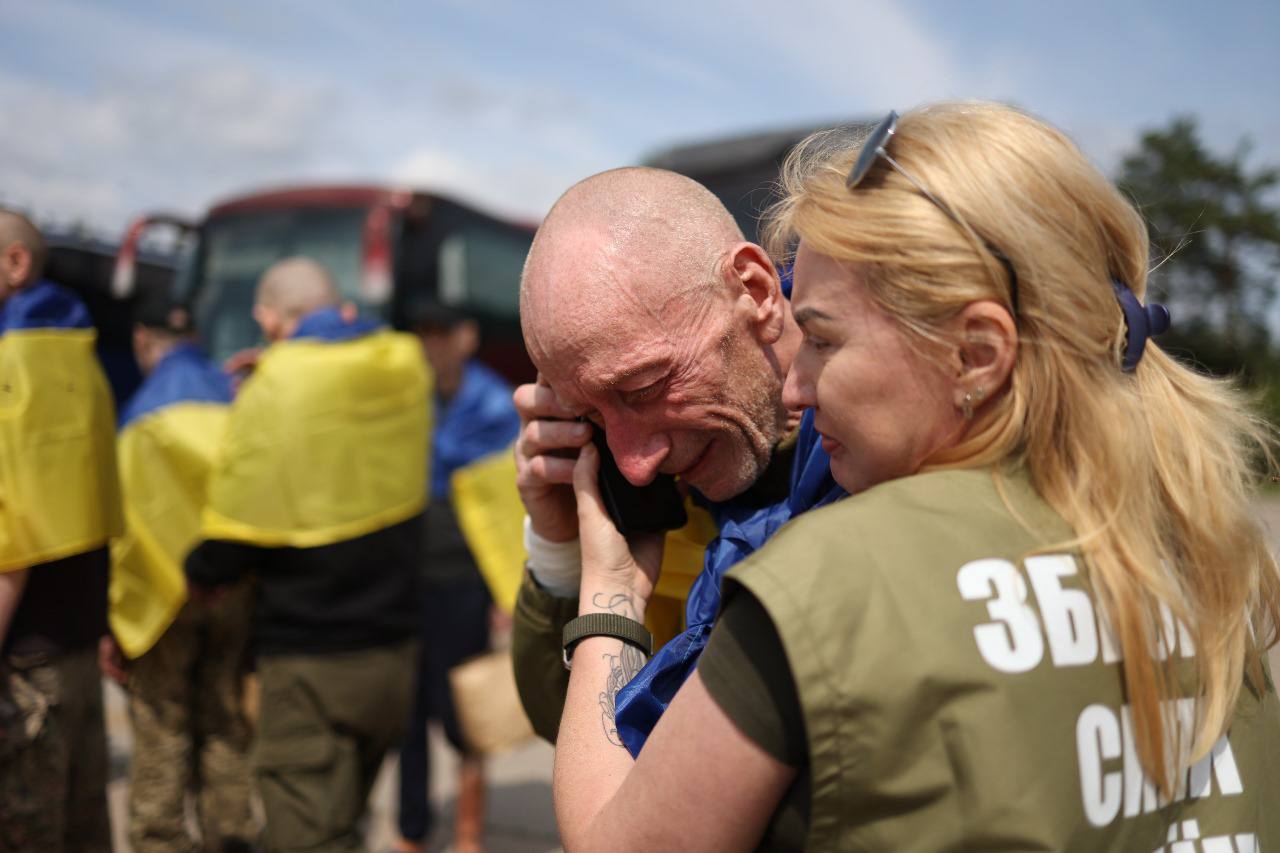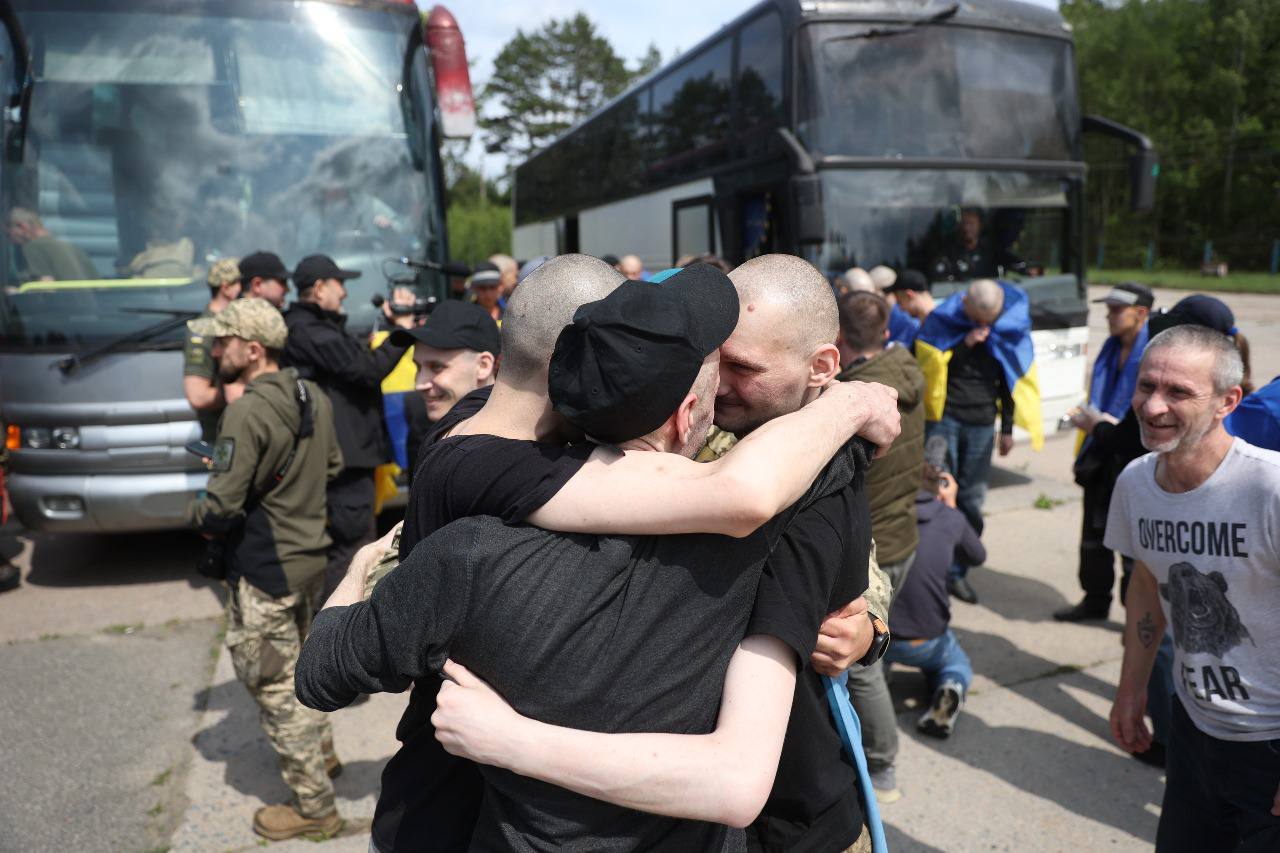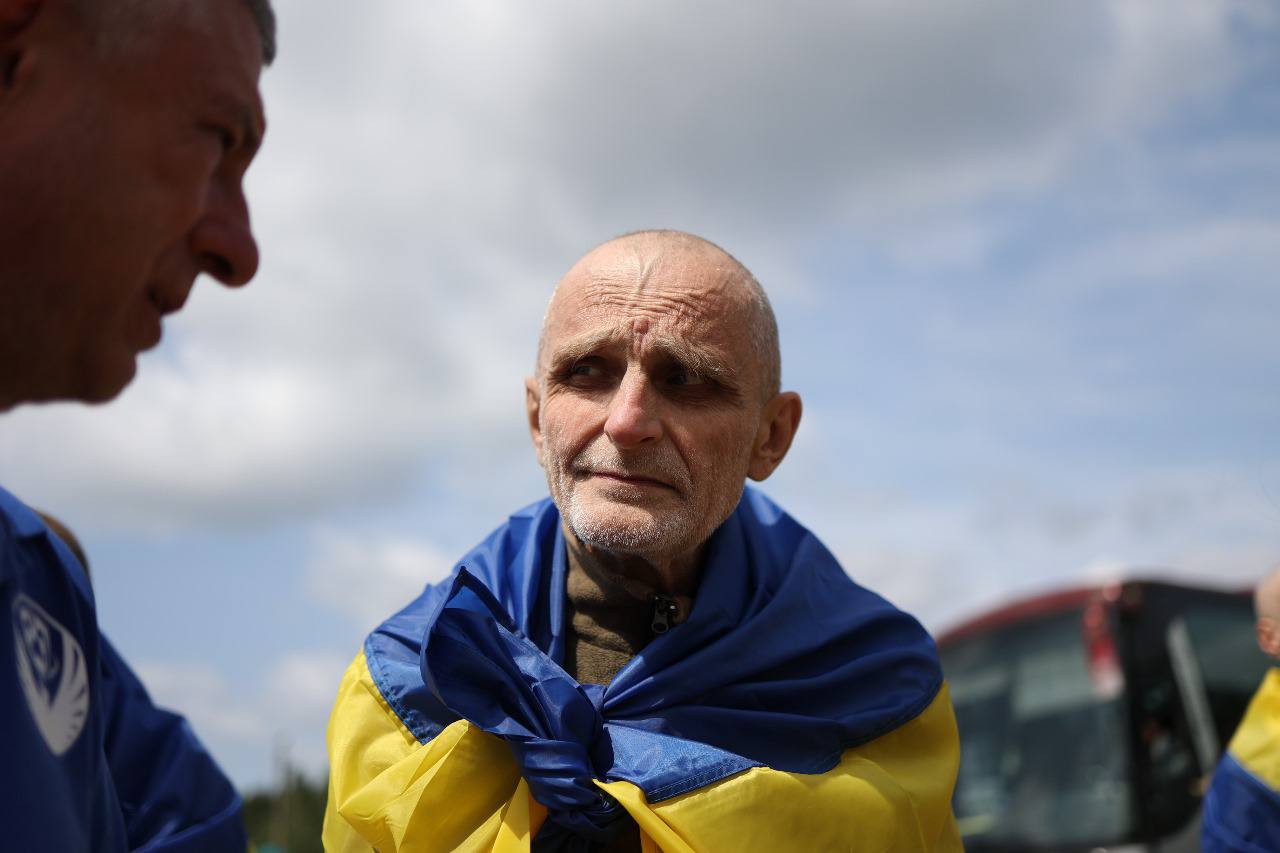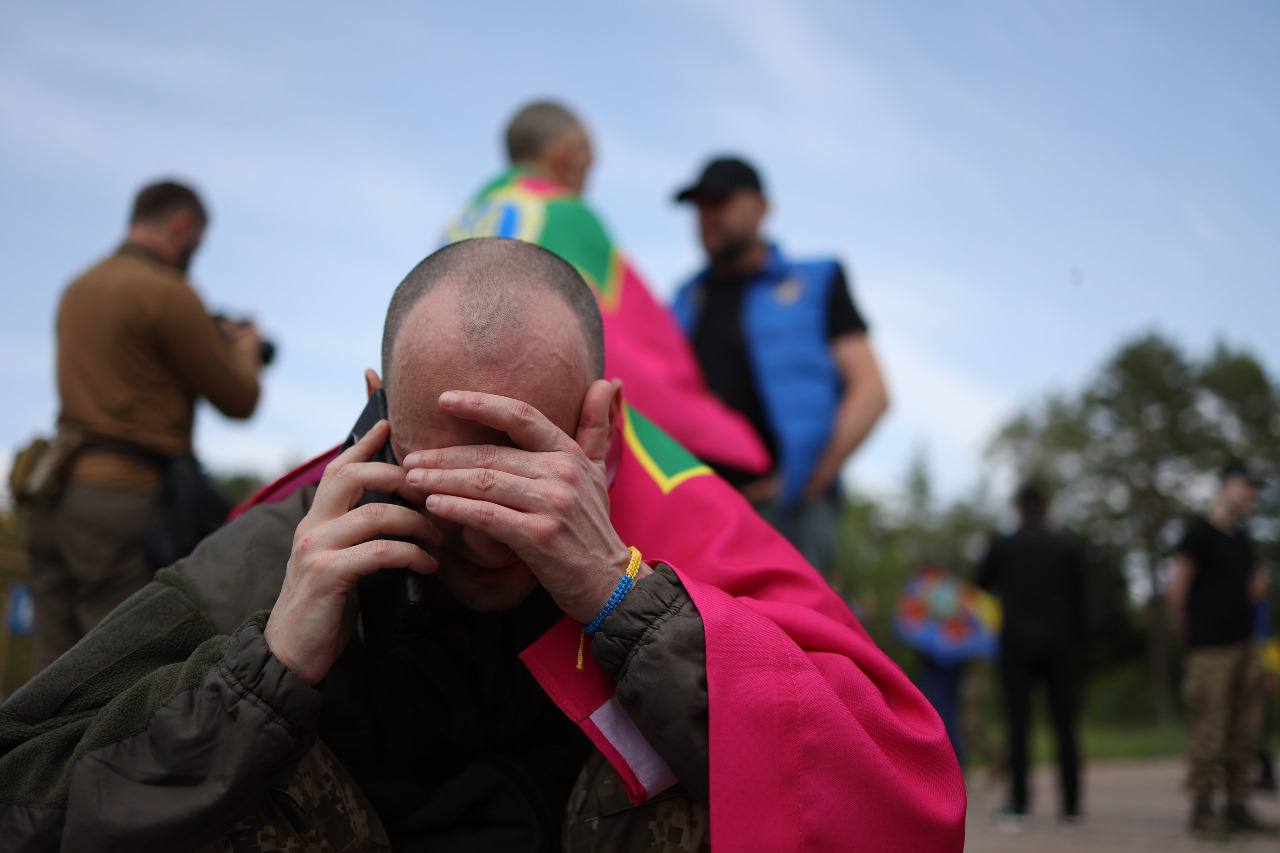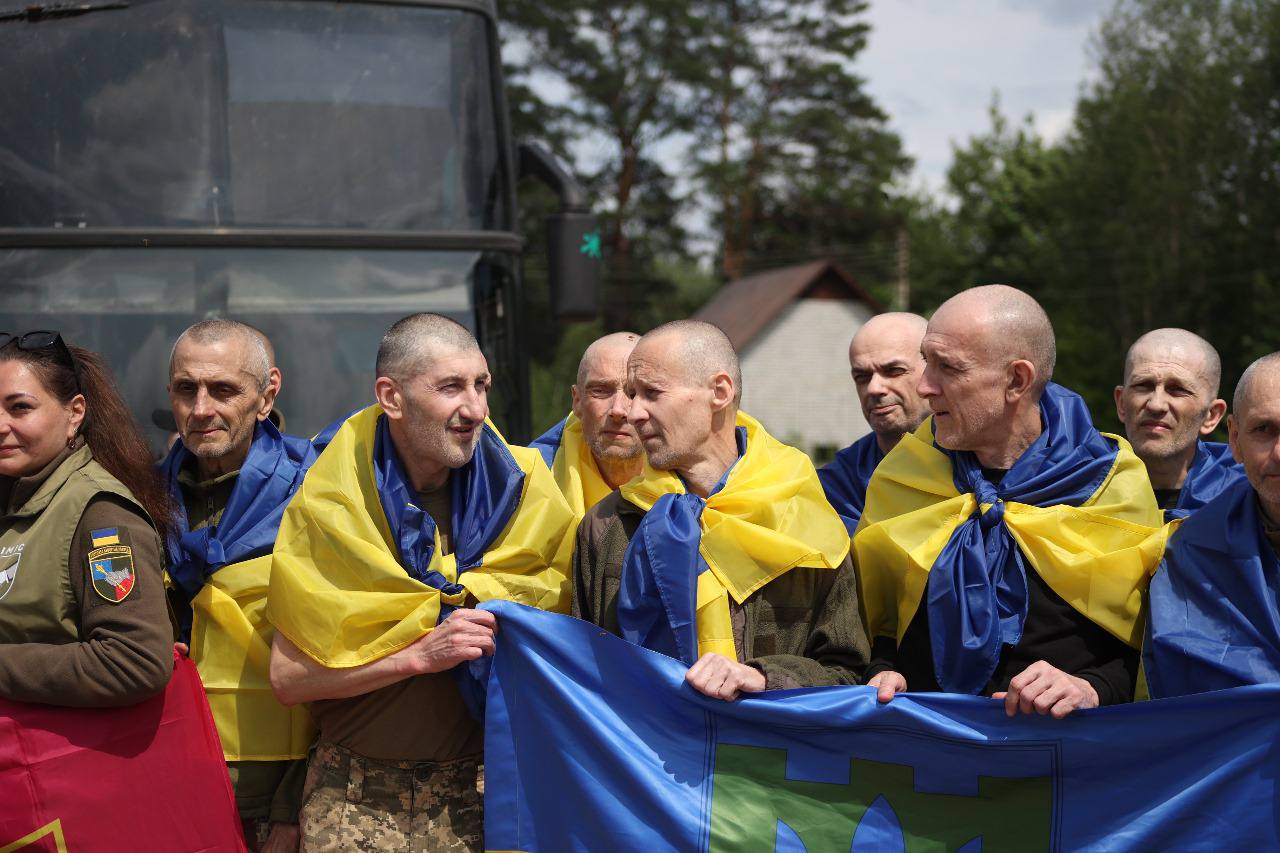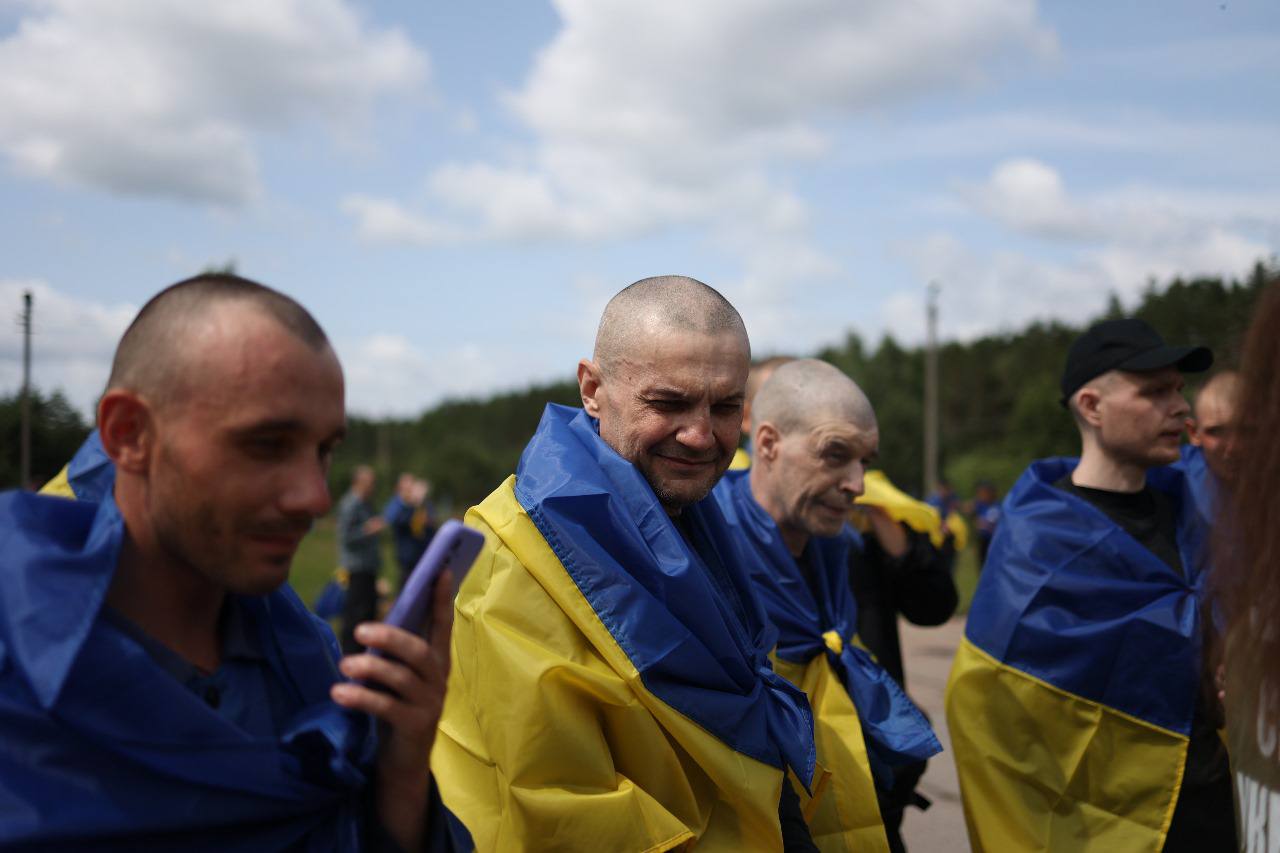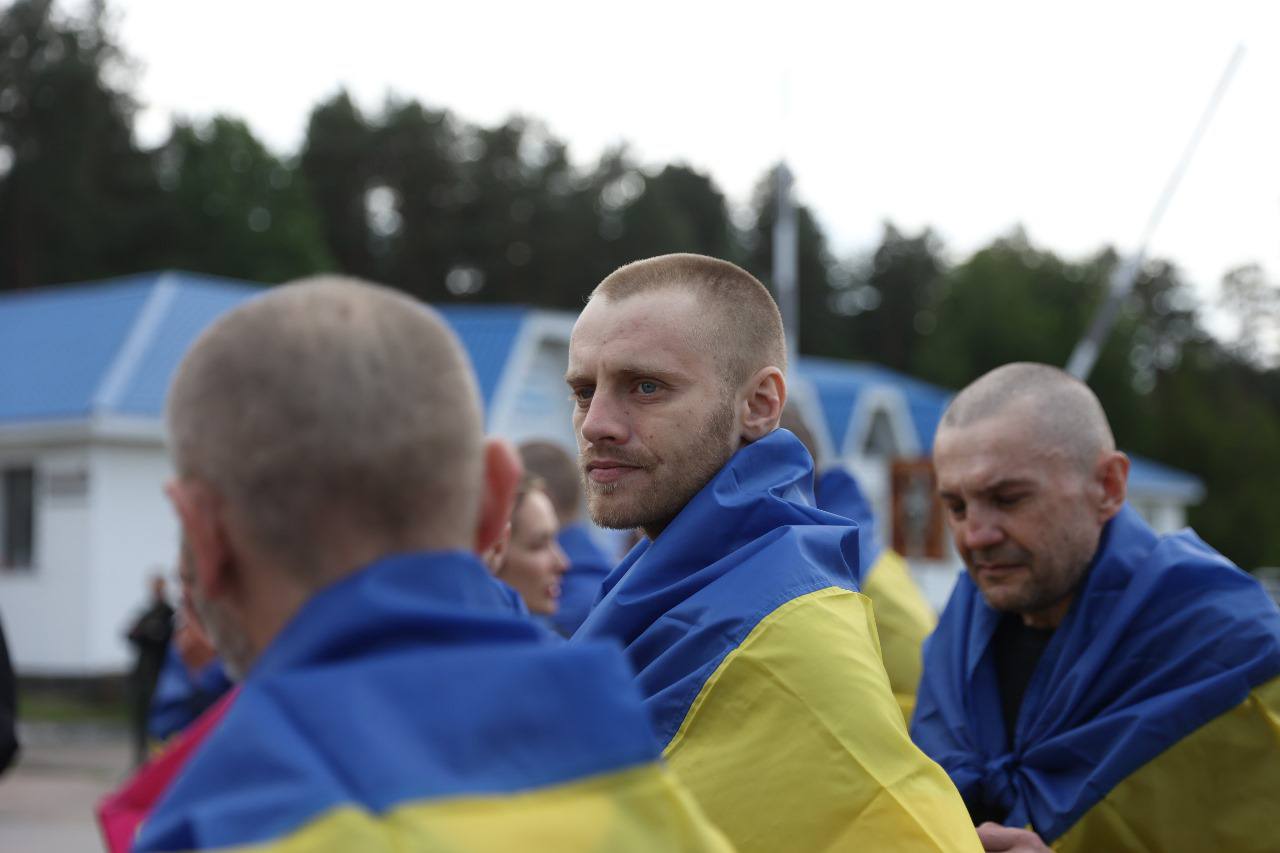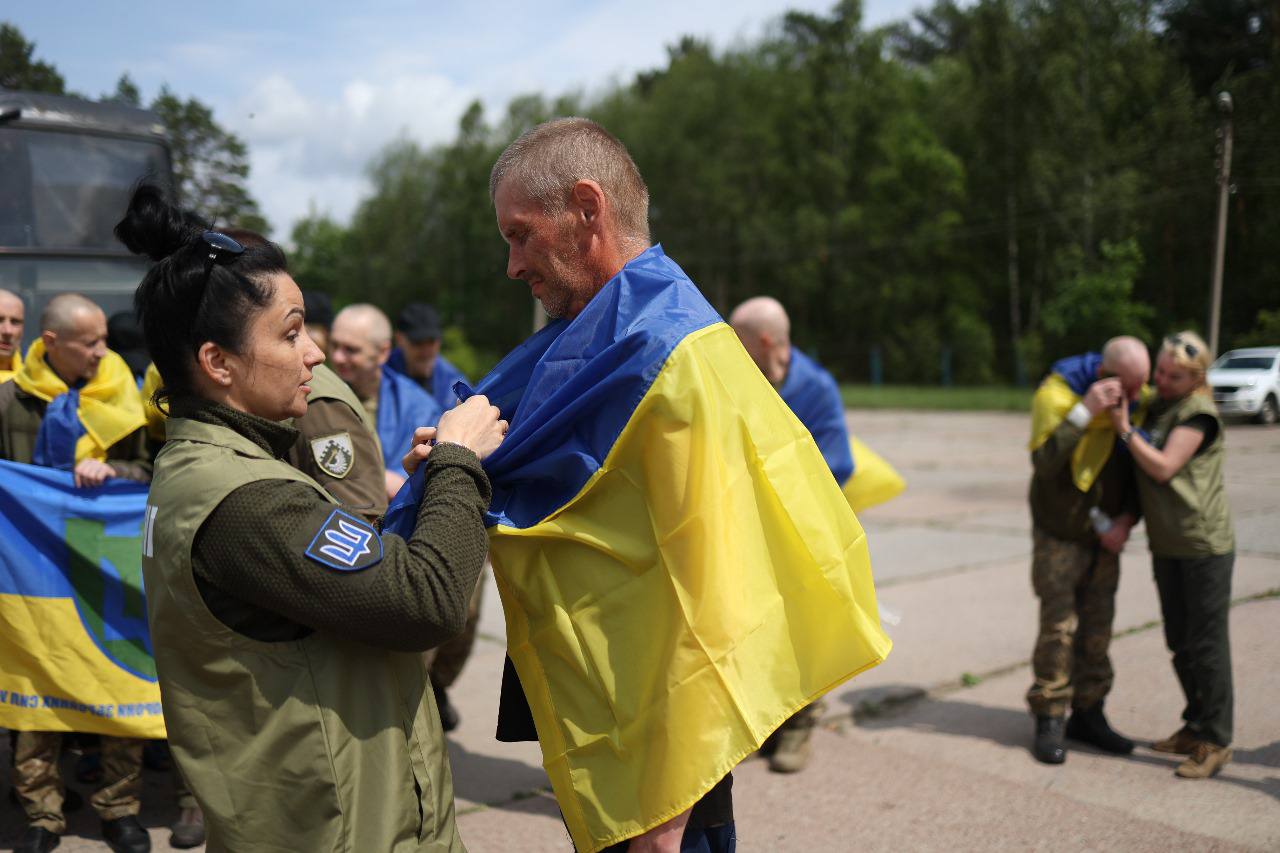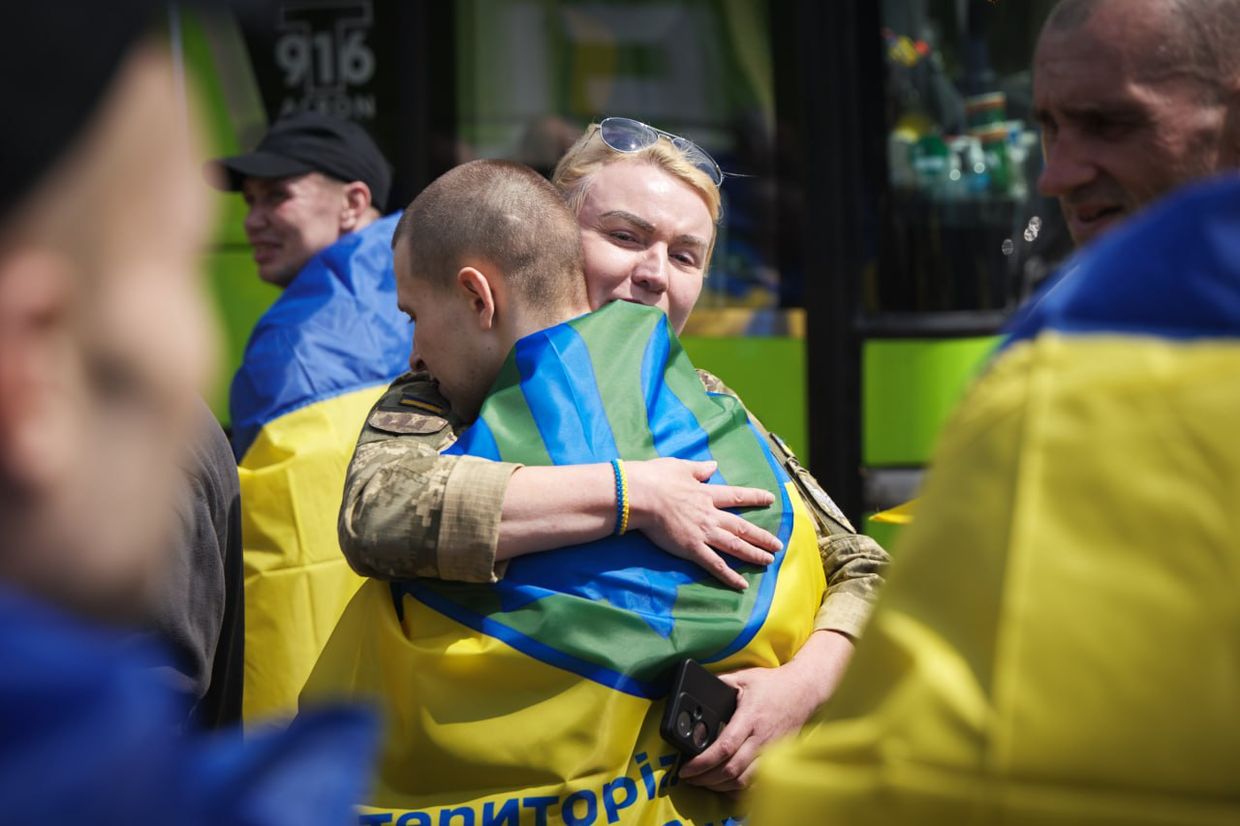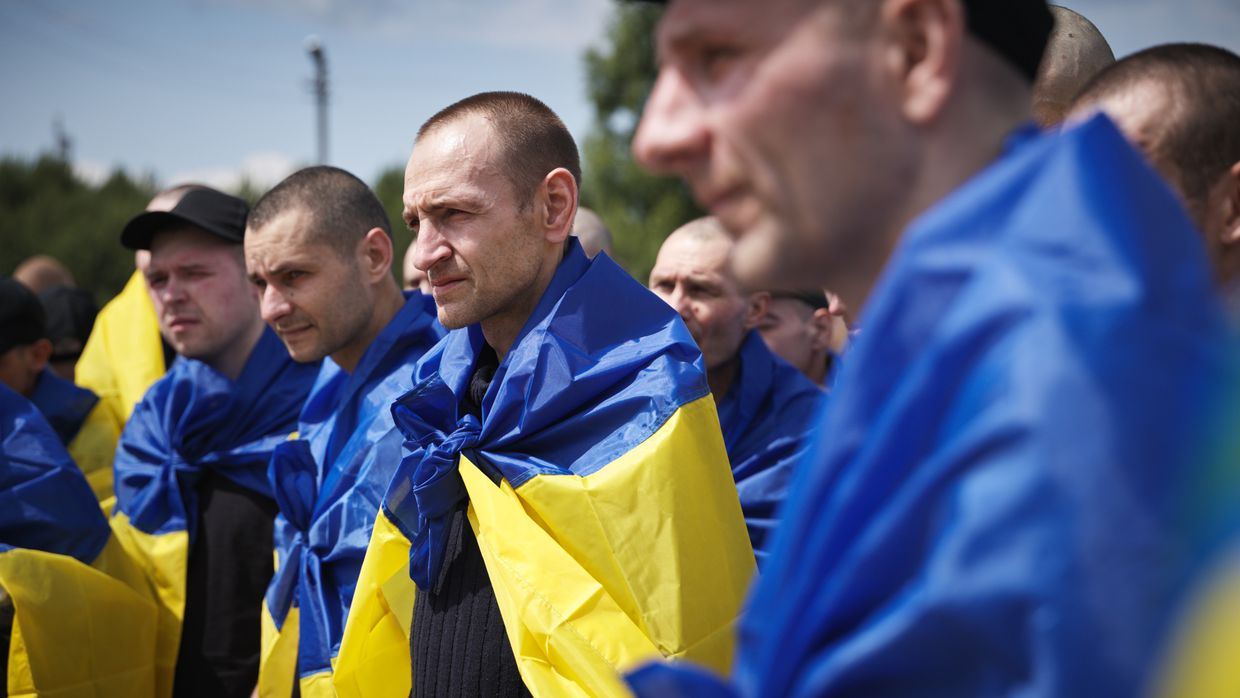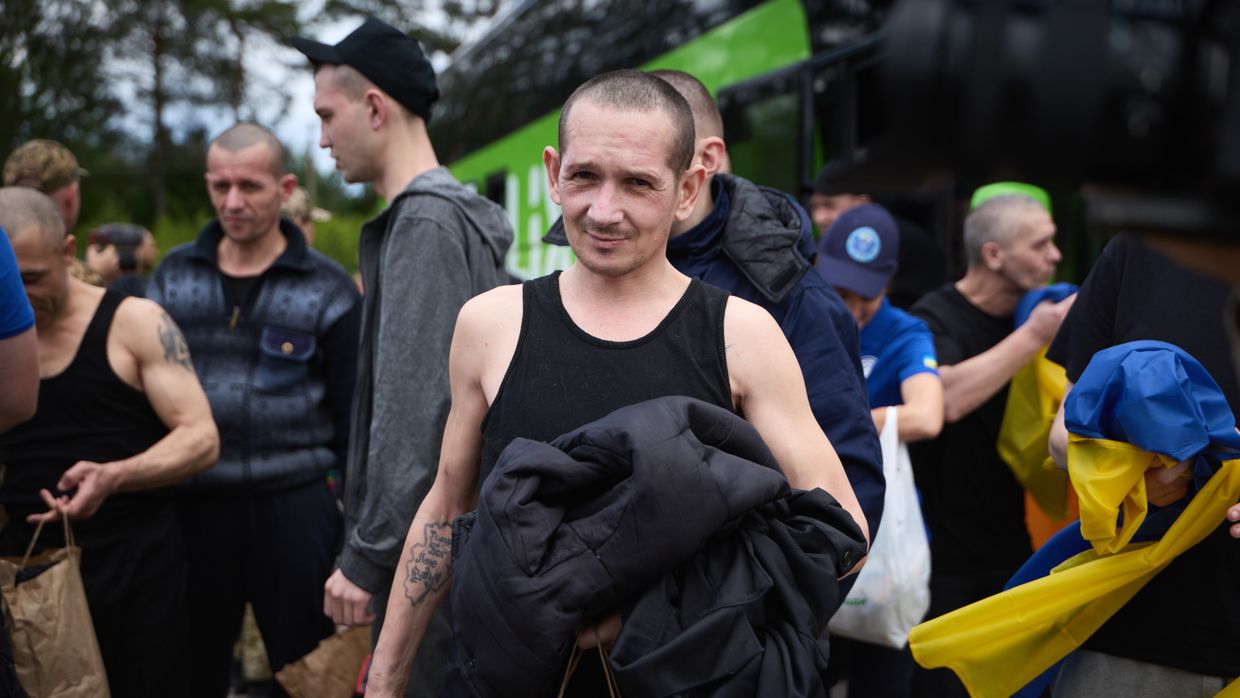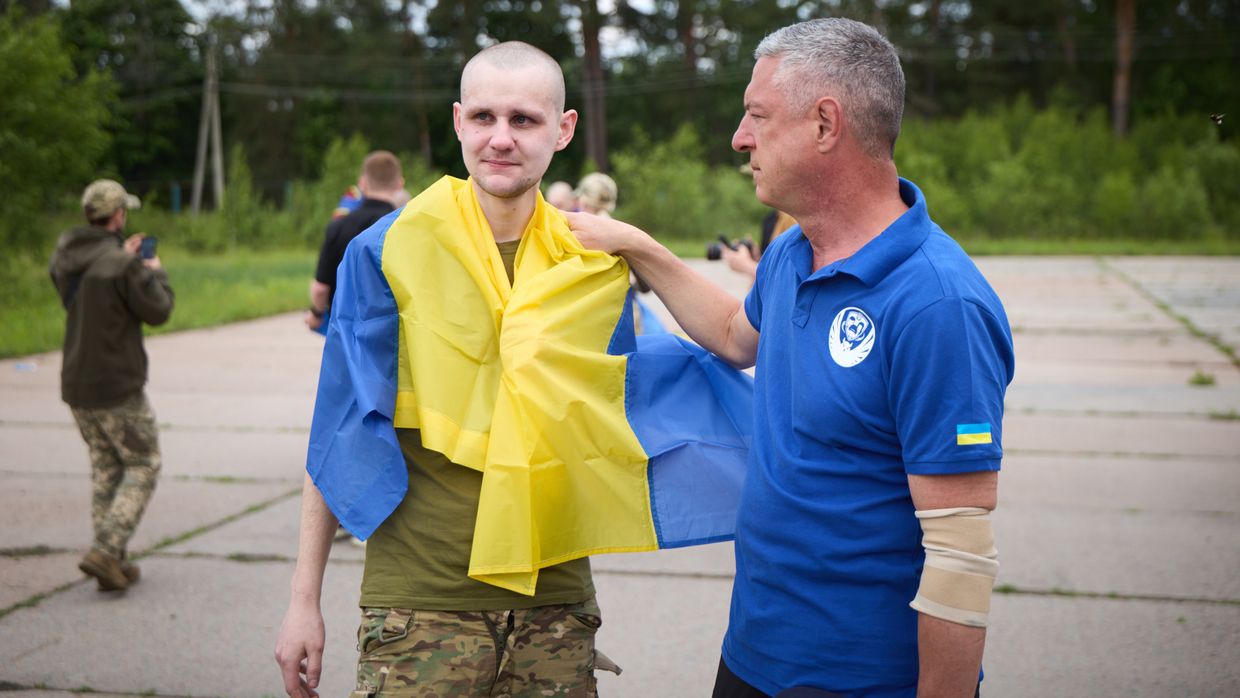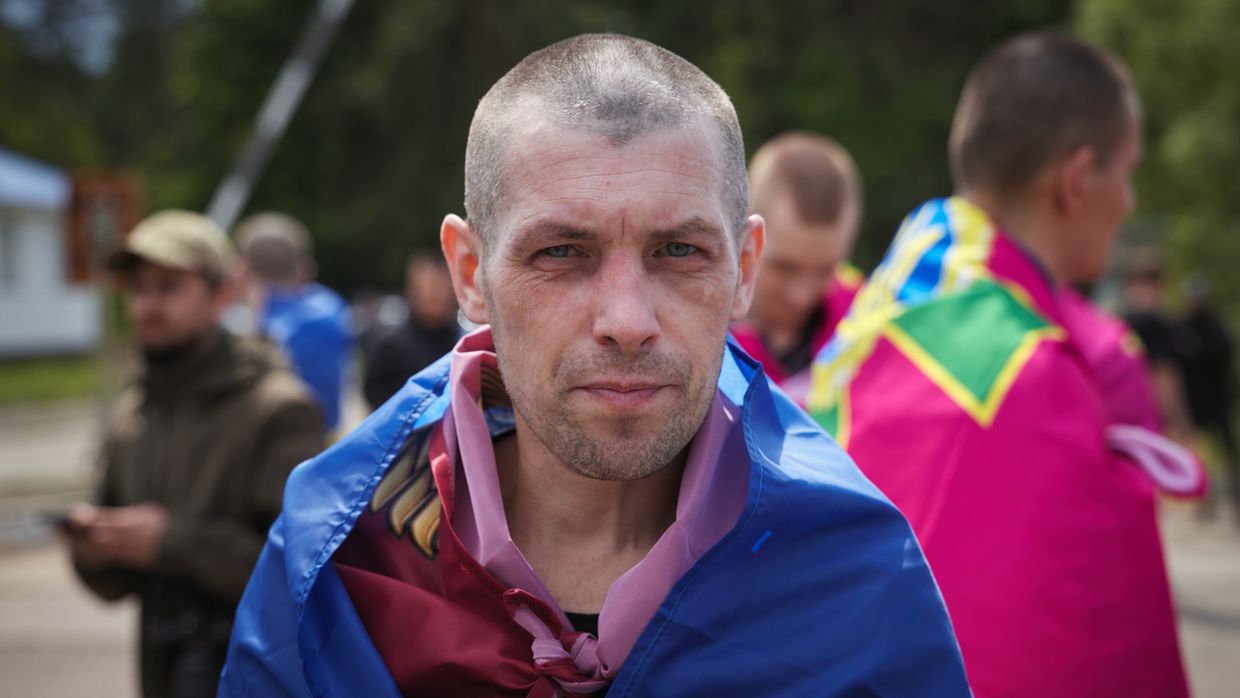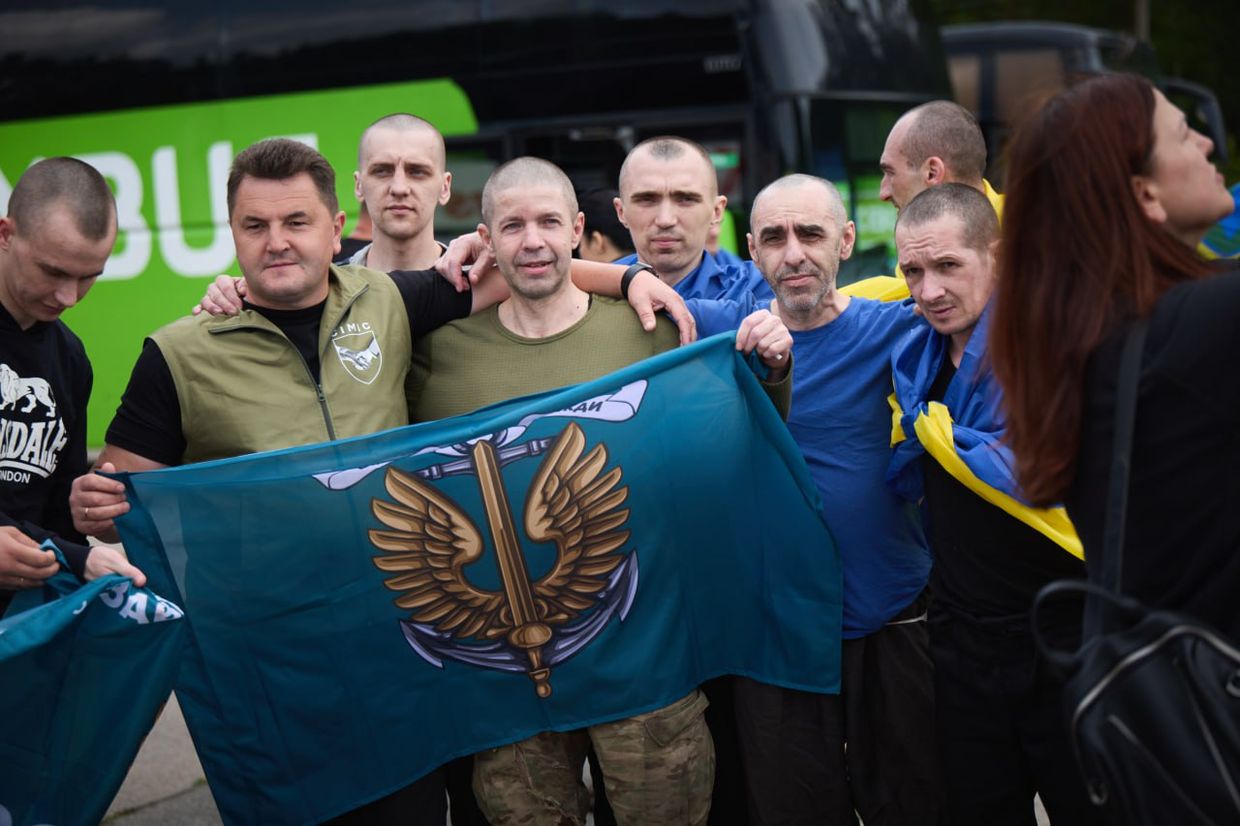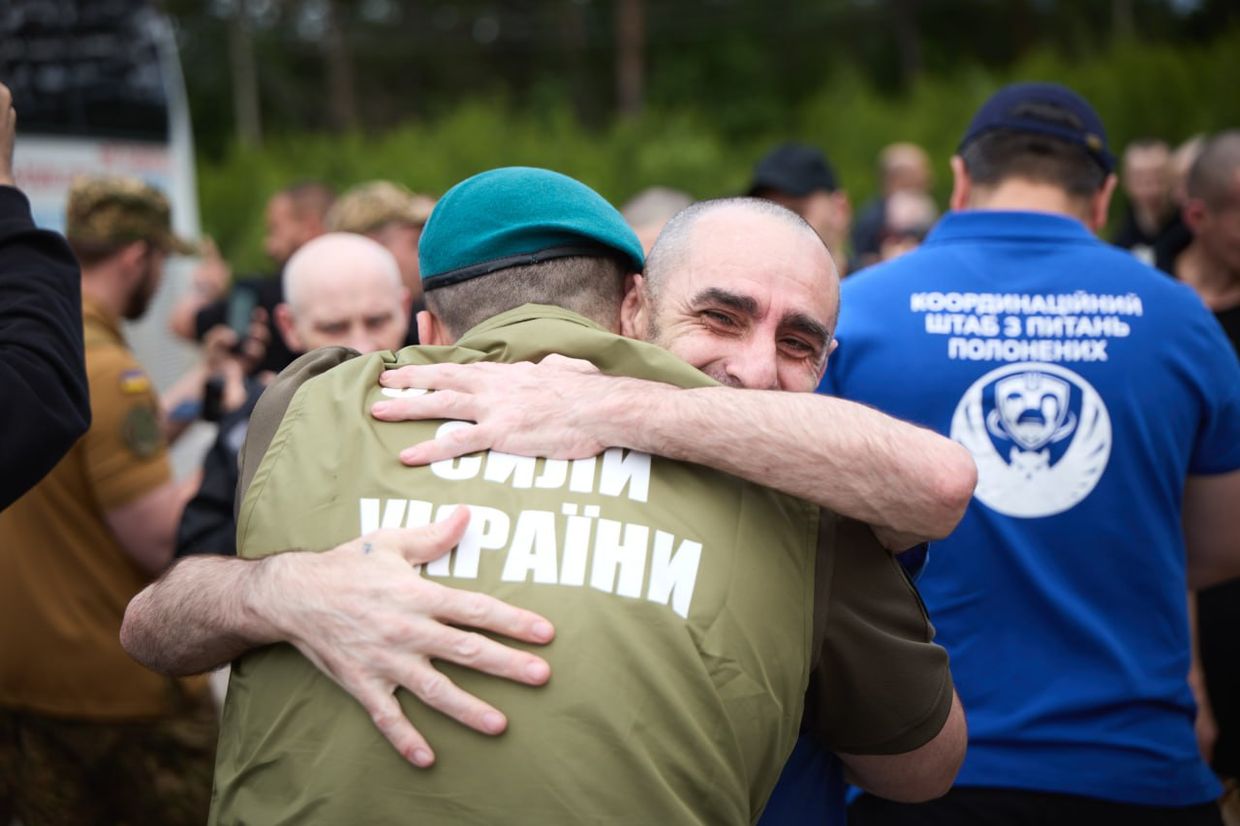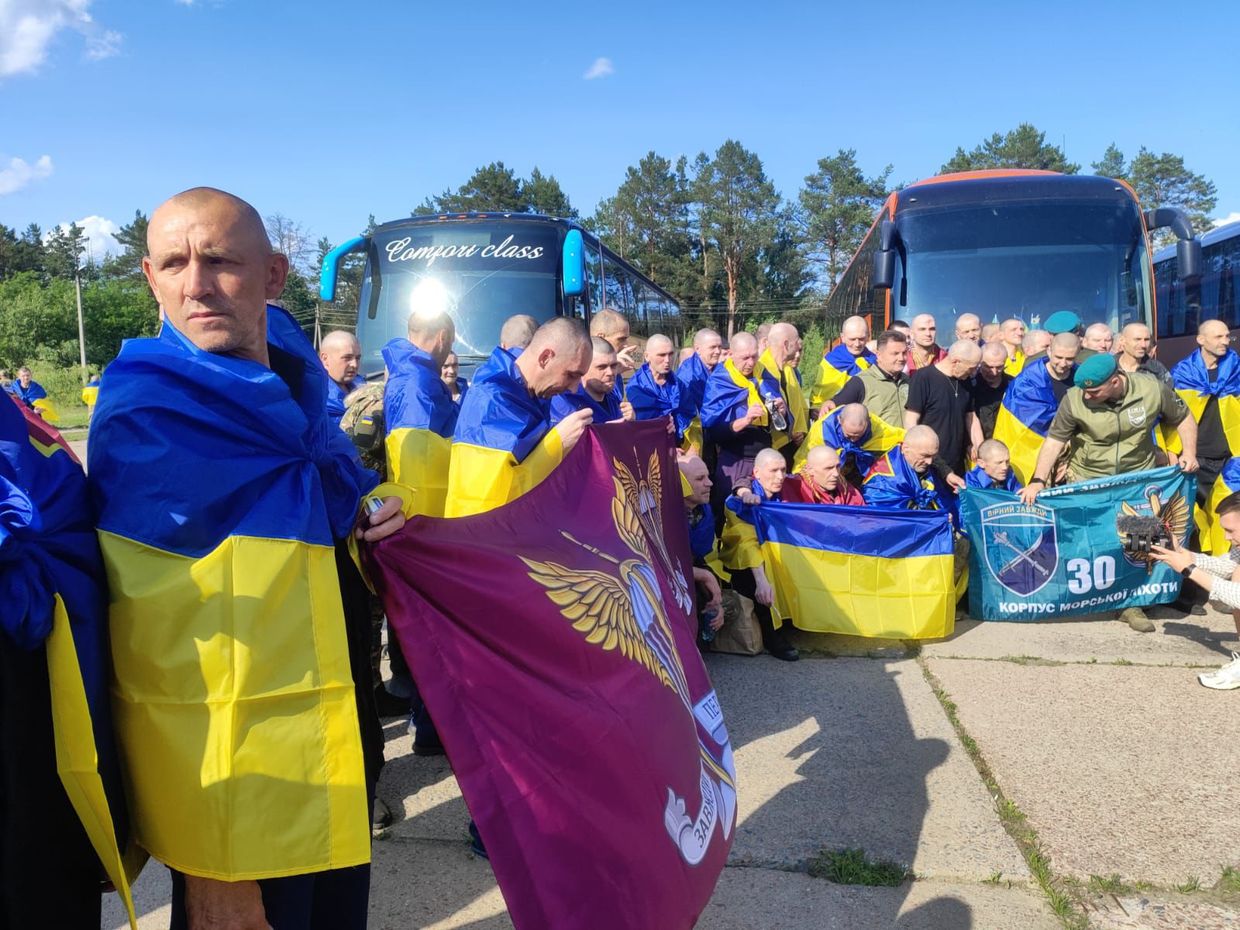Ukraine, Russia conduct new POW exchange
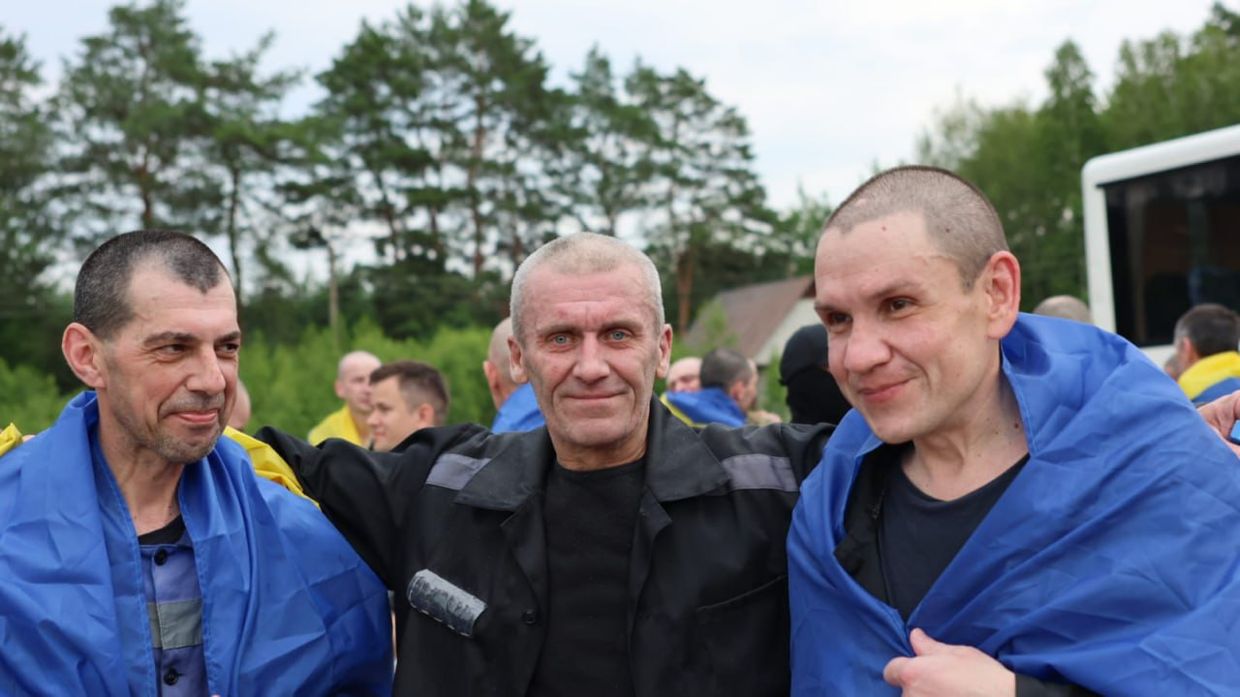
Editor's note: This is a developing story and is being updated.
A new prisoner of war (POW) exchange with Russia has taken place, bringing home another group of Ukrainian defenders held in Russian captivity, many since 2022, President Volodymyr Zelensky confirmed on July 4.
"Our people are home. Most of them had been in Russian captivity since 2022," Zelensky said in a statement.
According to Ukraine's Land Forces, the group includes prisoners categorized as "wounded and seriously ill," those "under the age of 25," and civilians.
The Coordination Headquarters for Prisoners of War confirmed that this latest exchange was carried out under President Zelensky's directive, and included defenders of Mariupol held since 2022, as well as civilians who had been illegally sentenced or deprived of liberty.
"Today, our defenders are returning, those who fought for Ukraine in various regions: Donetsk, Mariupol, Luhansk, Kharkiv, Kherson. These are soldiers of the Armed Forces, the National Guard, the State Border Guard Service, the State Special Transport Service, and also civilians," Zelesnky said.
"Ukraine's goal is to free all our people from Russian captivity."
The exchange follows five swaps that occurred in June under the Istanbul deal reached between Ukraine and Russia on June 2. The agreement provided for the regular release of severely ill and wounded POWs from both sides, as well as the repatriation of the bodies of fallen soldiers.
Previous swaps have brought home service members from the Armed Forces, National Guard, and State Border Guard Service, many of whom were captured in 2022 during the Russian invasion.
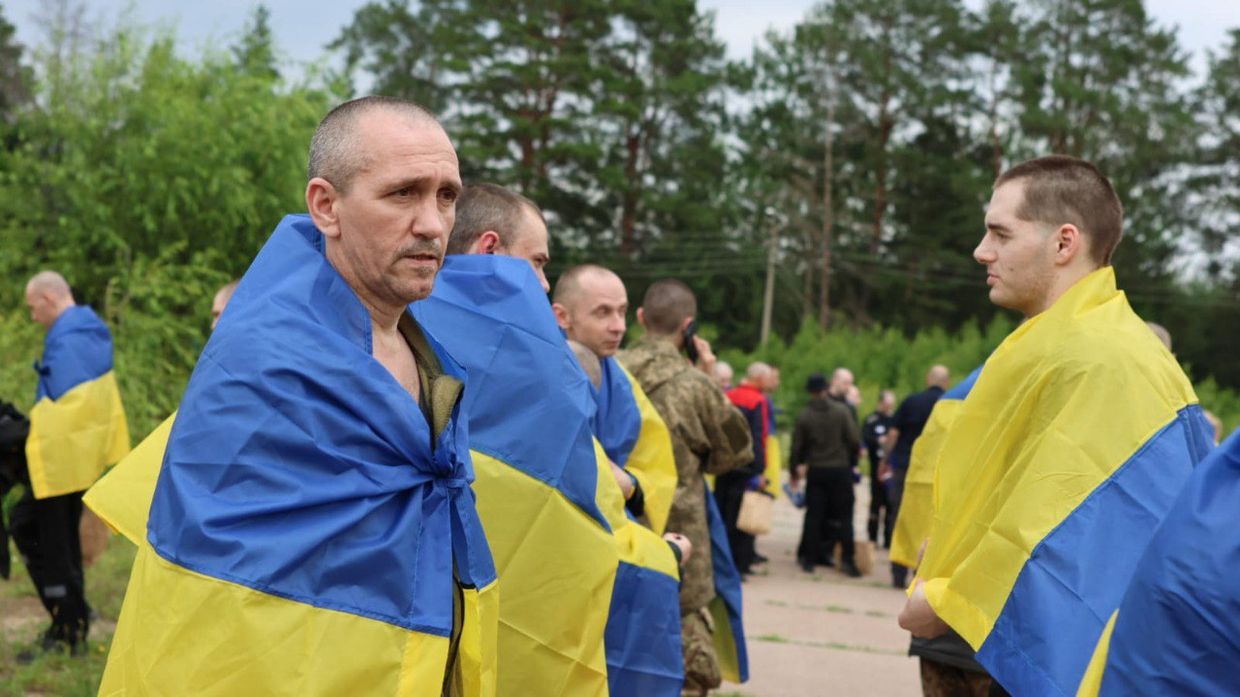
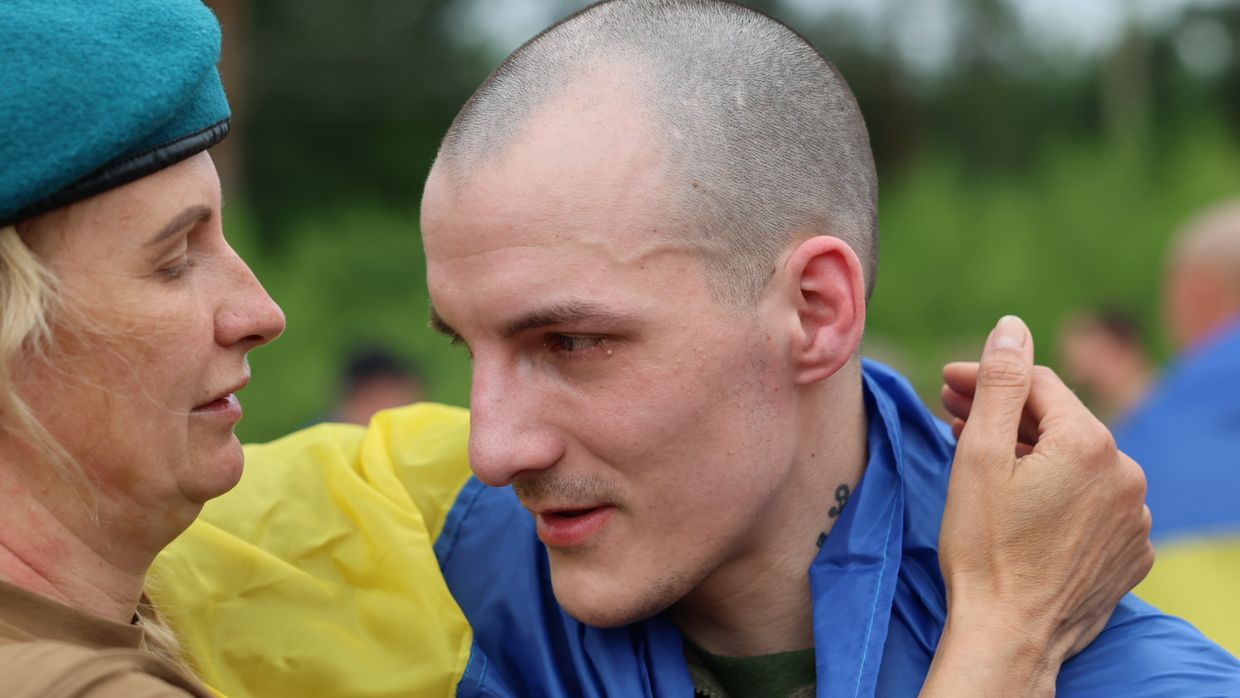
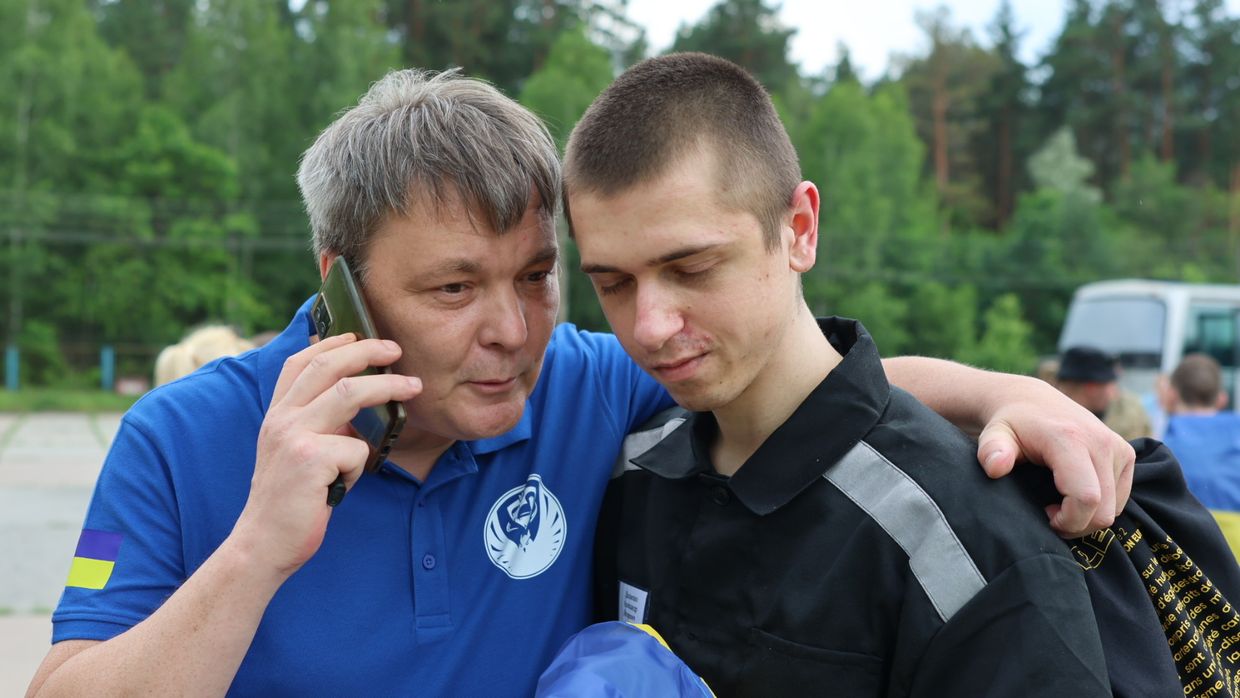
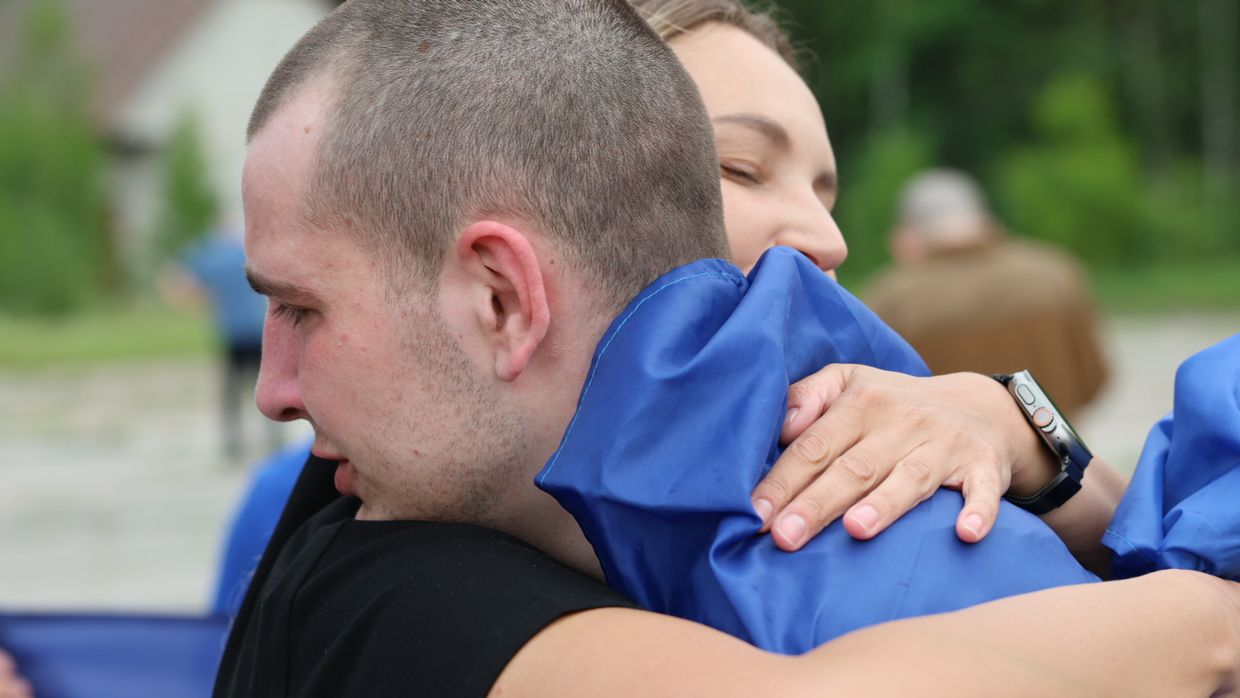
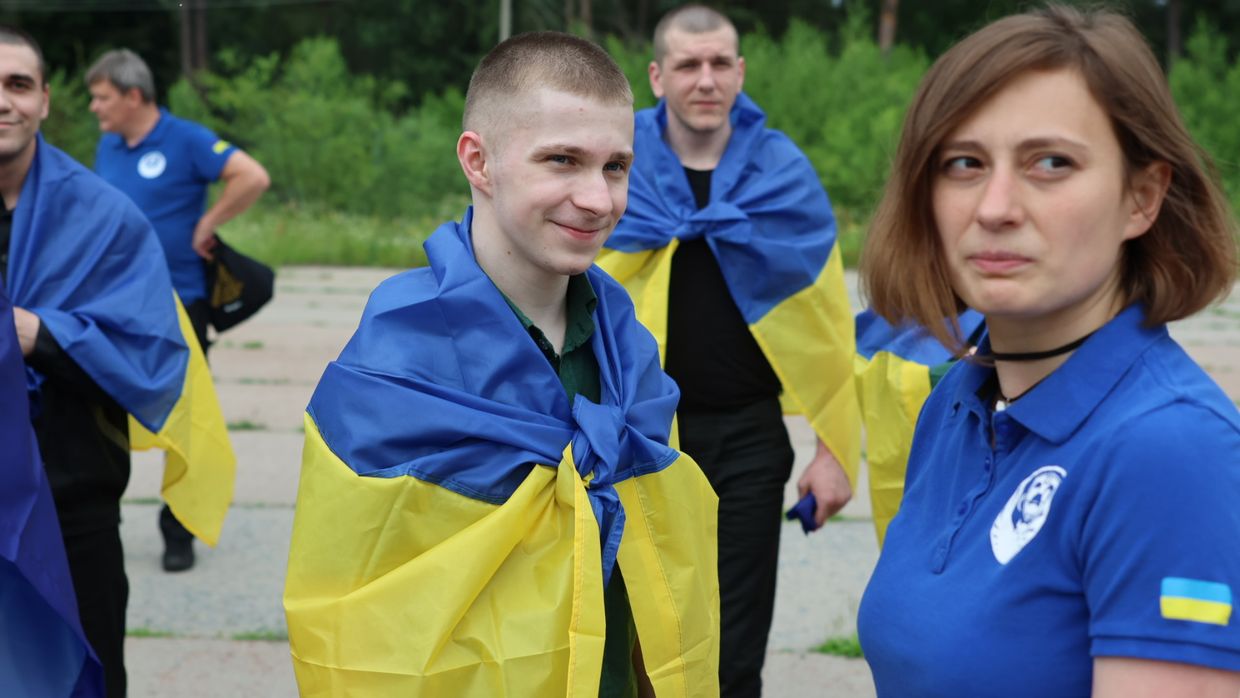
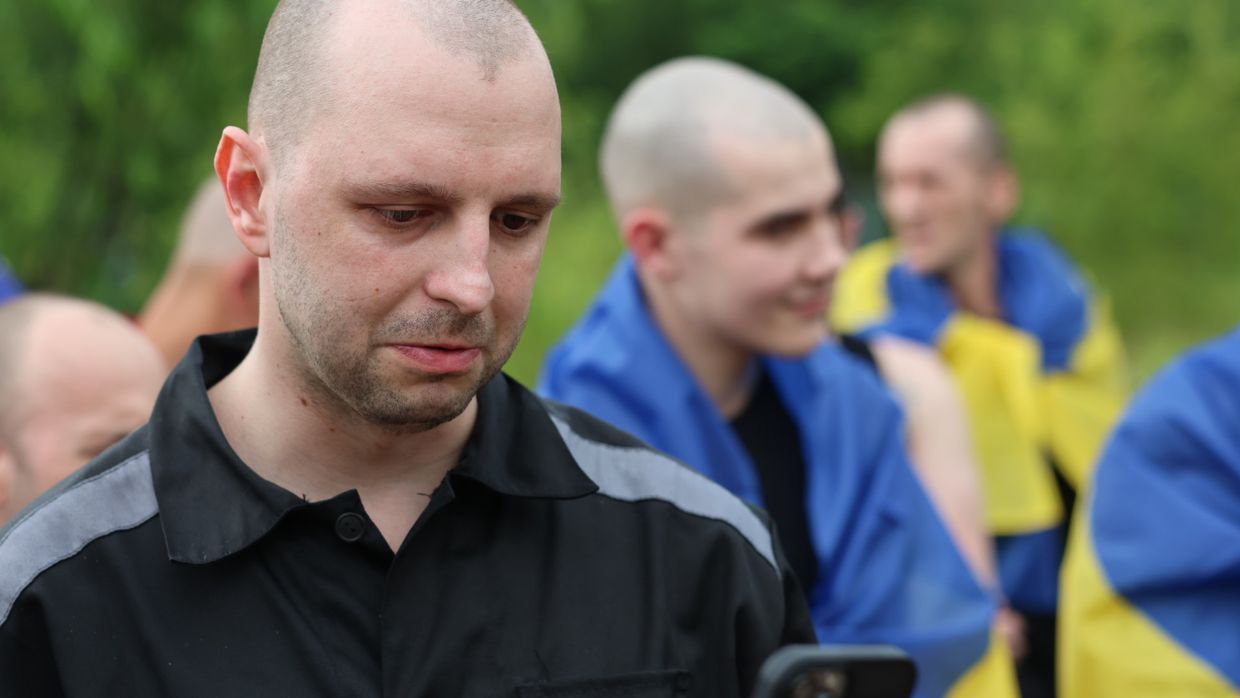
"Exchanges must continue, and I thank everyone who makes this possible," Zelensky said. "Ukraine's goal is to free all our people from Russian captivity. I thank everyone who helps make that happen."
Russia's Defense Ministry confirmed the exchange on July 4, without disclosing the number of soldiers returned.
Previous exchanges have focused on individuals with serious medical needs resulting from injuries and harsh conditions in captivity. Some previously released prisoners had defended Mariupol during the 2022 siege, while others fought in regions including Donetsk, Luhansk, Kherson, and Kyiv oblasts.
The Istanbul agreement followed months of stalled negotiations and was hailed as a humanitarian breakthrough despite the lack of broader political progress.
As part of the deal, Moscow pledged to return the remains of up to 6,000 Ukrainian service members and civilians. Ukrainian authorities say Russia has already transferred over 6,000 bodies in recent weeks.
Ukraine continues to advocate for a full-scale "all-for-all" exchange, a proposal that Russia has so far rejected. Still, both sides have carried out smaller, phased swaps, sometimes multiple in a single week.
 The Kyiv IndependentDaria Shulzhenko
The Kyiv IndependentDaria Shulzhenko